Vehicle Cleanup
Vehicle cleanup addresses various types of contamination and damage that can occur within vehicles. Whether due to an accident, crime scene, or biohazard, proper cleanup is necessary to remove contaminants, ensure safety, and restore the vehicle’s condition. This process involves specialized techniques and equipment to handle and manage different types of contamination effectively.
Health and Safety Risks
The cleanup of vehicles involves several health and safety risks that must be managed carefully:
-
Biohazards: Vehicles involved in accidents or crimes may contain blood, bodily fluids, or other biohazards that pose health risks. Proper cleanup is essential to remove these contaminants and prevent exposure to harmful pathogens.
-
Chemical Contamination: Vehicles involved in chemical spills or accidents may contain hazardous substances that require careful handling and decontamination. This includes managing residues from chemicals that can be toxic or harmful.
-
Structural Damage: Accidents can cause significant damage to a vehicle’s interior and exterior, including broken glass, damaged upholstery, and structural issues. Proper cleanup and repair are necessary to restore the vehicle’s functionality and appearance.
-
Odor Issues: Contaminated vehicles can develop persistent odors that affect the interior environment. Effective deodorization is required to eliminate these unpleasant smells and ensure a fresh and clean vehicle.
The Cleanup Process
-
Initial Assessment: The cleanup process begins with a detailed assessment of the vehicle to identify the type and extent of contamination or damage. This includes evaluating health risks, structural damage, and the required cleanup procedures.
-
Containment: To prevent the spread of contaminants, the vehicle is contained using protective measures. This step ensures that cleaning agents and debris do not affect other areas or surfaces.
-
Removal of Contaminated Materials: All contaminated materials, including blood, bodily fluids, and hazardous substances, are carefully removed from the vehicle. This may involve cleaning or disposing of affected upholstery, carpets, and other components.
-
Deep Cleaning and Disinfection: The vehicle’s interior is thoroughly cleaned and disinfected using specialized cleaning agents and equipment. This step is crucial for eliminating pathogens and ensuring a hygienic environment.
-
Odor Removal: Advanced deodorization techniques are employed to remove any lingering odors from the vehicle. This includes using industrial-grade equipment and treatments to neutralize unpleasant smells.
-
Restoration: After cleaning, the vehicle is restored to a usable condition.
Why Professional Cleanup is Essential
Vehicle cleanup requires specialized knowledge, equipment, and techniques to address various types of contamination and damage effectively. Attempting to clean a vehicle without professional assistance can lead to incomplete decontamination, ongoing health risks, and reduced vehicle value. Professionals ensure that the vehicle is thoroughly cleaned, restored, and safe for use or resale. By employing experienced professionals to handle the cleanup, you protect health and safety, restore the vehicle’s condition, and ensure a fresh and clean environment.
